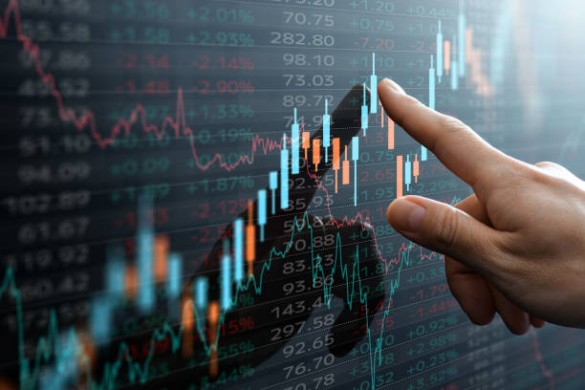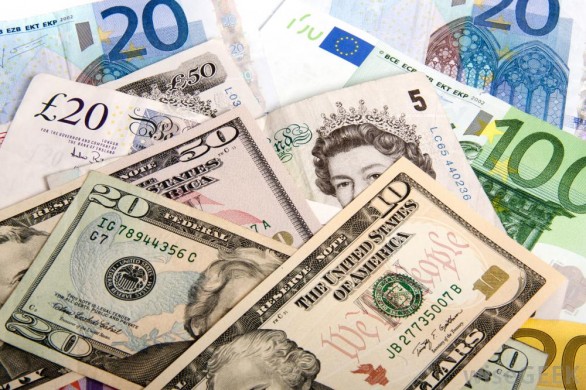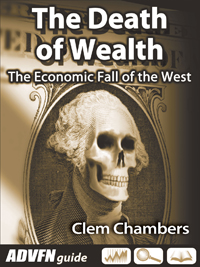Janet Yellen kept US rates steady at her final meeting as Fed chair last night, but Donald Trump’s tax cuts and a combination of economic growth, increased investment, low unemployment and rising wages will drive inflation to the Fed’s 2% target.
That will put pressure on new chair Jerome Powell to hike rates faster than the market would like, possibly four times this year rather than the three already priced in. The first of those is odds-on for March.
That a rare uptick in the dollar was unimpressive and short-lived suggests a great deal of scepticism remains around the likelihood of a more aggressive rate path.
The US isn’t the only economy with its growth engines switched on, and Trump’s policy agenda remains a significant risk to the dollar, particularly controversial trade or protectionist policies.
It looked like a 3% decline in UK equity markets during the second half of January was just a healthy short-term reversal, rather than the beginning of a feared correction.
The sell-off has taken a bit of hot air out of markets, and traders were picking up bargains early on the first day of February. However, early gains had disappeared by lunchtime, and markets remain jumpy.
Things are likely to become volatile if reports that the resignation of a government minister could end Theresa May’s term as prime minister are true. The Conservatives already face a drubbing at local elections in May, and stock markets will not like anything that threatens fragile Brexit negotiations.
For more stories by Lee Wild from Interactive Investor, click here.

 Hot Features
Hot Features













